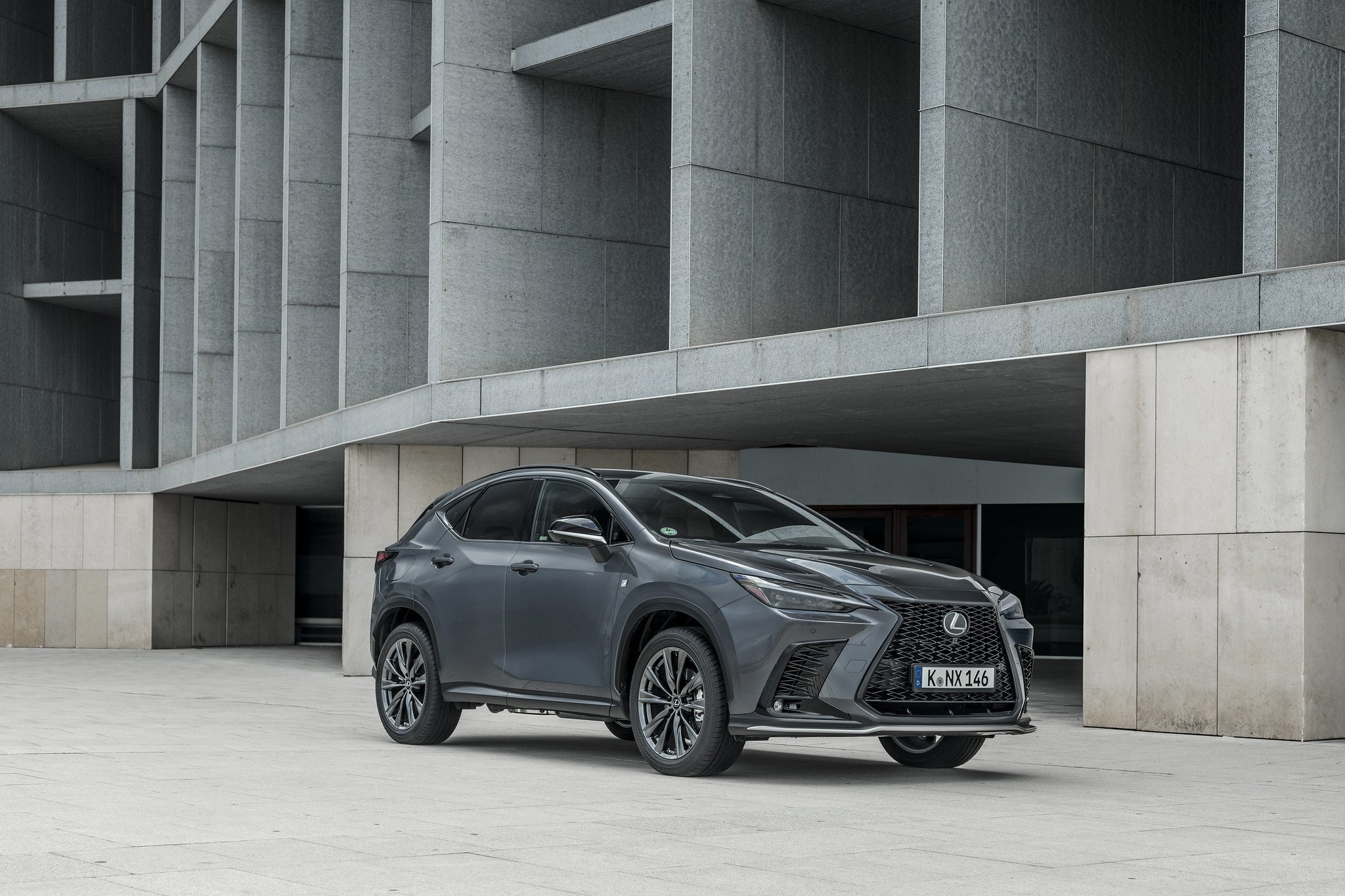Lexus NX plugs into PHEV scene
/Up to 87kms’ electric-only range claimed for key new model.
MARKET arrival of the first plug-in hybrid model behind the Lexus badge has occurred almost five months on from the local distributor’s announcement.
While Lexus New Zealand has not given indication of stock availability for the edition, a version of the NX compact sports utility, it has in another announcement today signalled that any orders for another fresh introduction, the LandCruiser 300 Series’-spun LX, will not be fulfilled for another year.
Lexus and parent brand Toyota have been among global brands hurt by new car delivery delays, now mainly due to a sustained shortage of semiconductors that has slammed the brakes on vehicle assembly lines around the world. An estimate last month suggested four million cars have been wiped off production schedules this year.
When Lexus NZ announced in December its intent to deliver the NX PHEV in a $107,900 NX450h Plus F Sport provision, it would only cite an arrival timing for the second quarter of this year. That target has clearly been met.
The plug-in car uses the same mechanicals as the Toyota RAV4 Prime, a variant once nominated for NZ sales involvement this year but now seemingly lost in transit, though some have begun to land as grey imports.
The PHEV NX is the second mains-replenished Lexus sold here, following the fully battery-dedicated UX300e that released at the end of 2021.
A combined output of 227kW (Lexus does not provide torque outputs for its hybrids) makes the plug-in model the most powerful Lexus NX so far.
Yet perhaps the real attraction will be the efficiency, with a factory-claimed ultimate economy of 1.4L/100km combined on the weighted WLTP scale and an approximated 87km of electric driving range.
Also cited for the model is a super-low CO2 count, though it has risen from the factory-cited 20 grams per kilometre to 31g/km under the NZ scale, again achieved when everything’s operating optimally.
The model takes a 136kW/227Nm 2.5-litre non-turbo Atkinson cycle four-cylinder petrol engine, paired to a 134kW/270Nm electric motor on the front axle, a 40kW/121Nm motor on the rear and an 18.1kWh battery.
The car is good for a 6.3-second 0-100kmh time.
As with the UX300e, replenishment is via a Type 2 CHAdeMO socket with a maximum 8 amp draw. Taking the battery to 100 percent from low requires more than eight hours.
It packs four electric-specific drive modes. As the name suggests, ‘EV Priority’ locks the car in electric mode. ‘Auto EV/HV’, meantime, picks the best power system based on condition. ‘HV’ maintains a set state of battery charge in efficient driving. ‘Battery Charging’ is going to be the one that uses the most fuel as it uses the petrol engine to charge the battery if it lacks sufficient energy to power the vehicle on electricity alone.
The derivative’s E-Four all-wheel drive system can send up to 100 percent of the torque to the front wheels, or 80 percent to the rear, while standard-fit adaptive suspension will offer a Sport S plus damping mode.
Lexus says this NX is 95 percent different to the old and say the type will present as a leap forward in dynamic performance, with the attribute of a “greater and more rewarding connection between driver and machine.”
More than 68 percent of Lexus sales this year have been in hybrid form, a near 26 percent increase from last year.
The NX also provisions in non-mains replenished hybrid NX350h format.



















